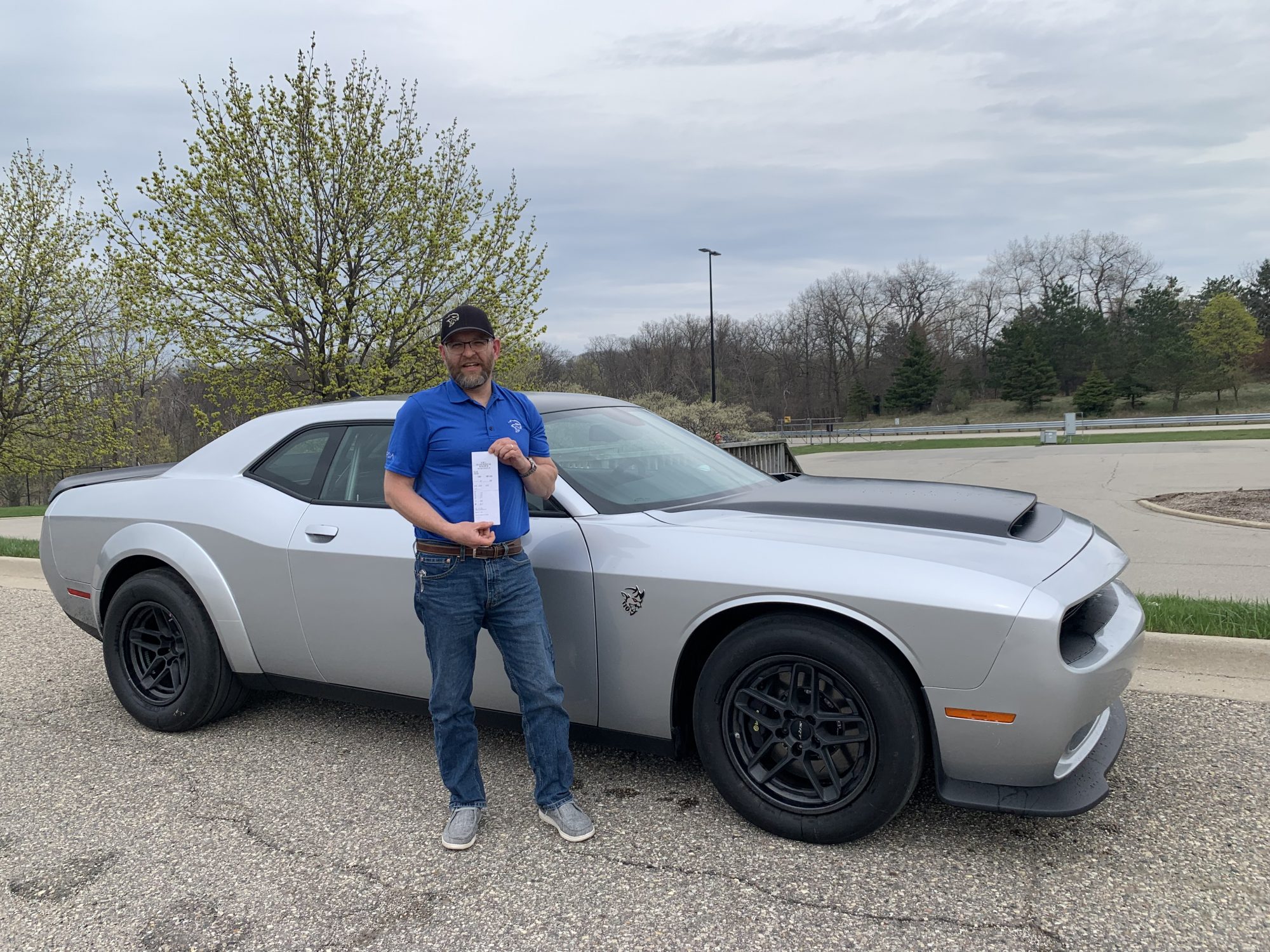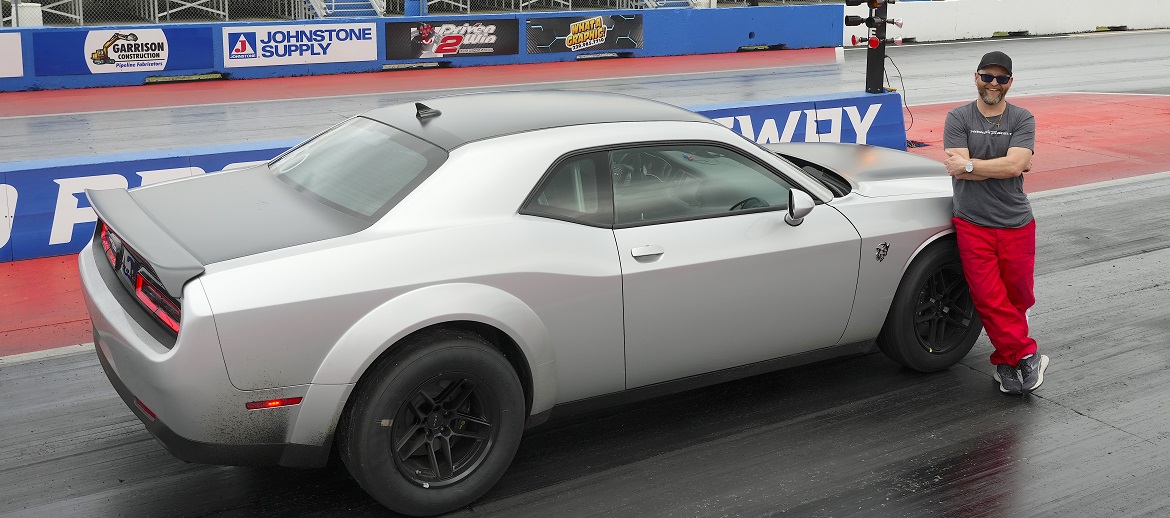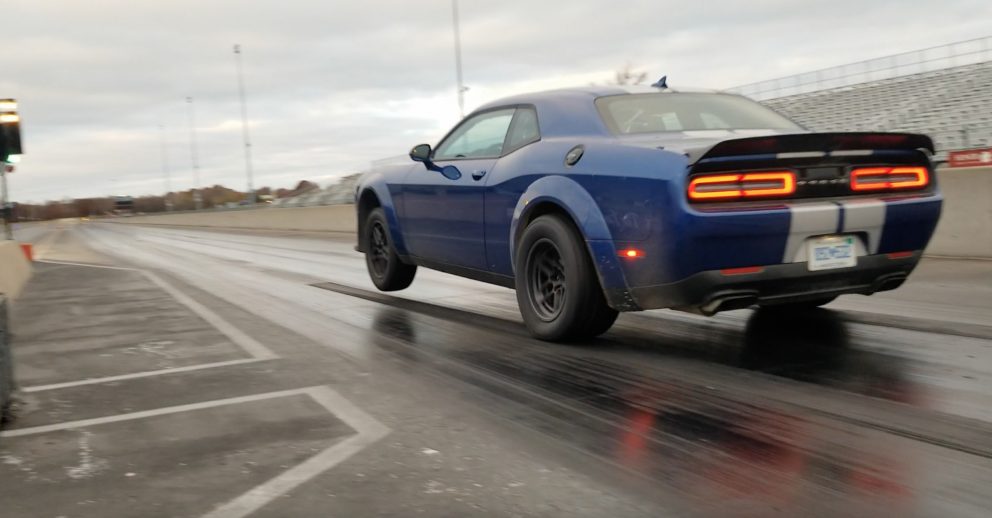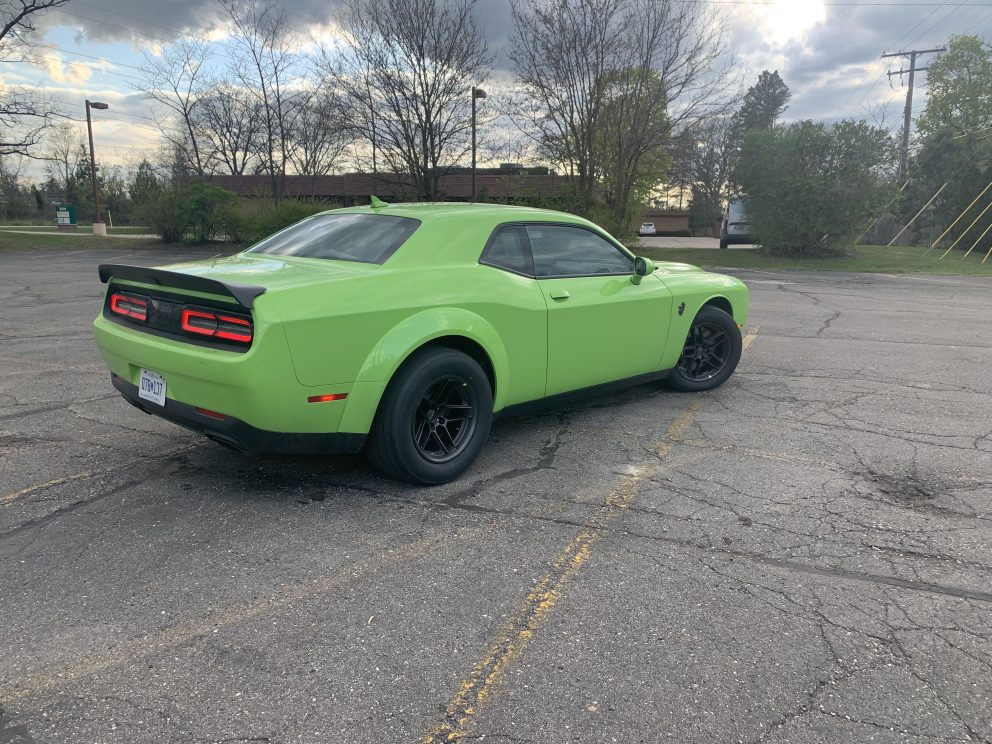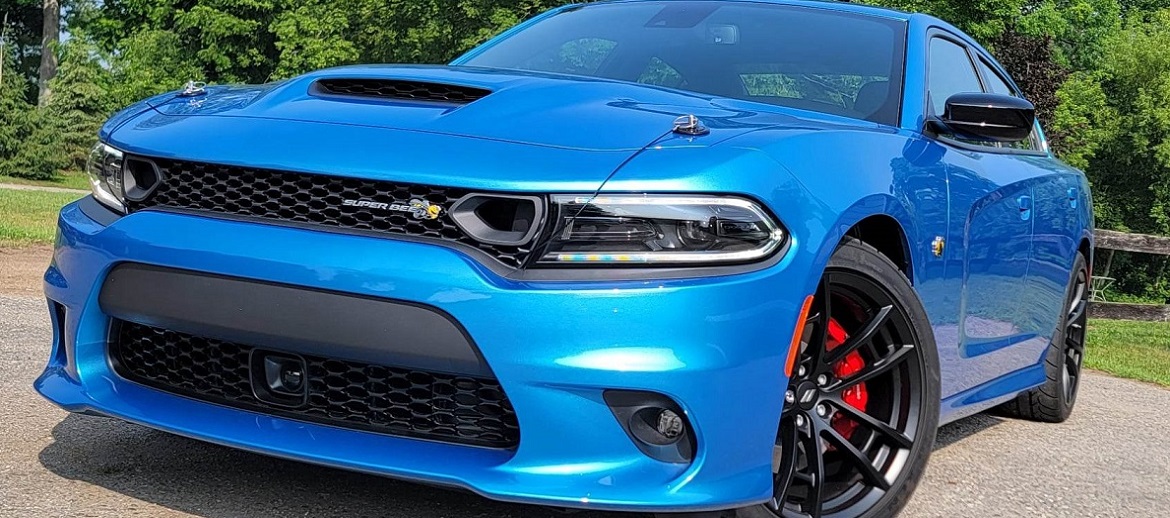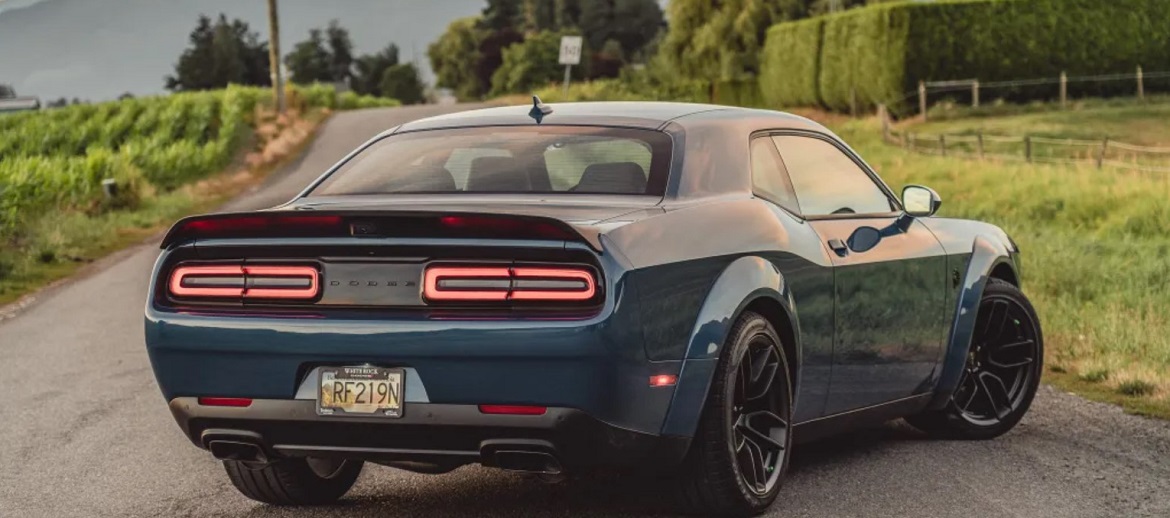Confessions of an SRT® Test Driver! – Part Three
2 years ago Showcase
If you’ve been following our “Confessions of an SRT® Test Driver” series, we gave you an inside look at SRT Engineer and resident drag racer, Jim Wilder. We’ve also uncovered his influence on working with a team of dedicated SRT engineers in the development of the Challenger SRT Hellcat and Challenger SRT Demon – two modern muscle cars that changed the world overnight. With their record-breaking quarter-mile performance due in part to the massive horsepower the team extracted from the 6.2L supercharged HEMI® V8 engine, these cars shattered records. But, for Wilder and the team, the 2018 Challenger SRT Demon wasn’t the group’s final assignment. In closed-door meetings, these guys and gals that have high-octane fuel running through their veins would have one more task, and leading the charge was Wilder. With his marching orders in hand, he once again went about developing a package that would not only pummel the competition but also set the automotive enthusiast community in a frenzy. When Dodge said, “Last Call,” it was with a thunderous roar that could be heard across the continent and in faraway lands. It came in the form of a 2023 Challenger SRT Demon 170 that launched off the line like a guided missile in front of thousands that came to witness history at The Strip at Las Vegas Motor Speedway during Dodge’s “Last Call” event.
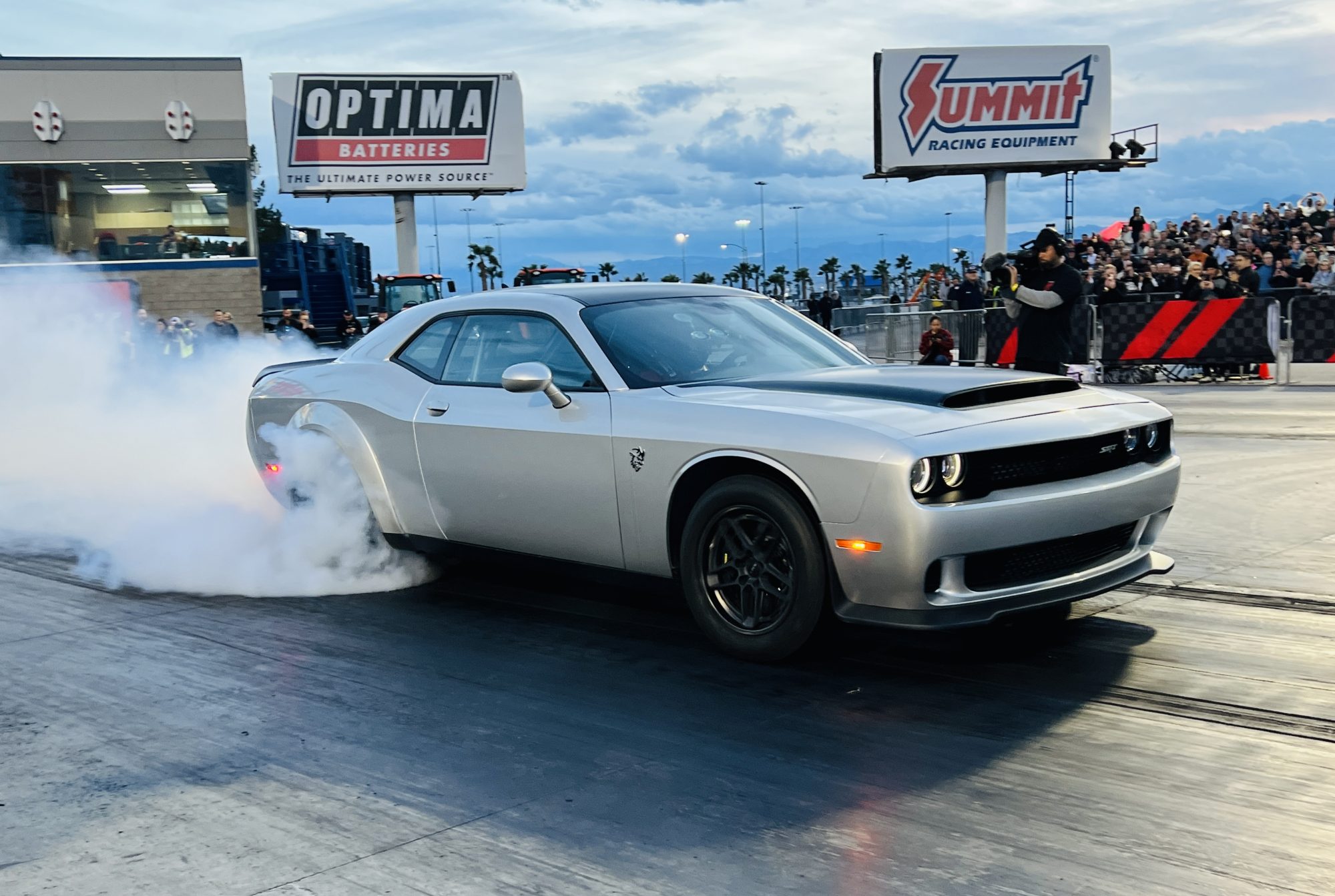
To fully appreciate the significance of this momentous occasion, we look back on how the SRT Demon 170 was spawned from the original 2018 Challenger SRT Demon. “For me, I began working on the Demon 170 program back in January 2020. Once again, Tim Kuniskis dictated what the engine output should be and determined we needed to go big. He (Kuniskis) insisted on a four-digit horsepower target. With that, the SRT team went to work on addressing any potential engine durability issues. The 6.2L supercharged HEMI engine in the SRT Demon 170 was upgraded. The block, crank, rods, pistons, cylinder heads, virtually everything. The only component that was a carryover from the prior model Demon was the camshaft,” said Wilder. While the SRT Powertrain team was making the HEMI engine much more robust in the SRT Demon 170, Wilder had a special mission on the program. “One of my first assignments was to work with Mickey Thompson Tires on a new package that could hook up the Demon 170 with its increased power levels. Tim (Kuniskis) also dropped another gauntlet on us, he wanted an eight-second ET out of the Demon 170,” noted Wilder. With their marching orders, Wilder and his team huddled in their conference rooms at SRT HQ in Auburn Hills, Michigan, and began to develop a strategy on how the Challenger SRT Demon 170 would exceed all the performance goals while meeting all stringent government safety and emissions standards. The seasoned SRT engineer was prepared as this was not Wilder’s first time working on an intense project. As he pointed out, “When you put a program on paper, you must go through each item list.”
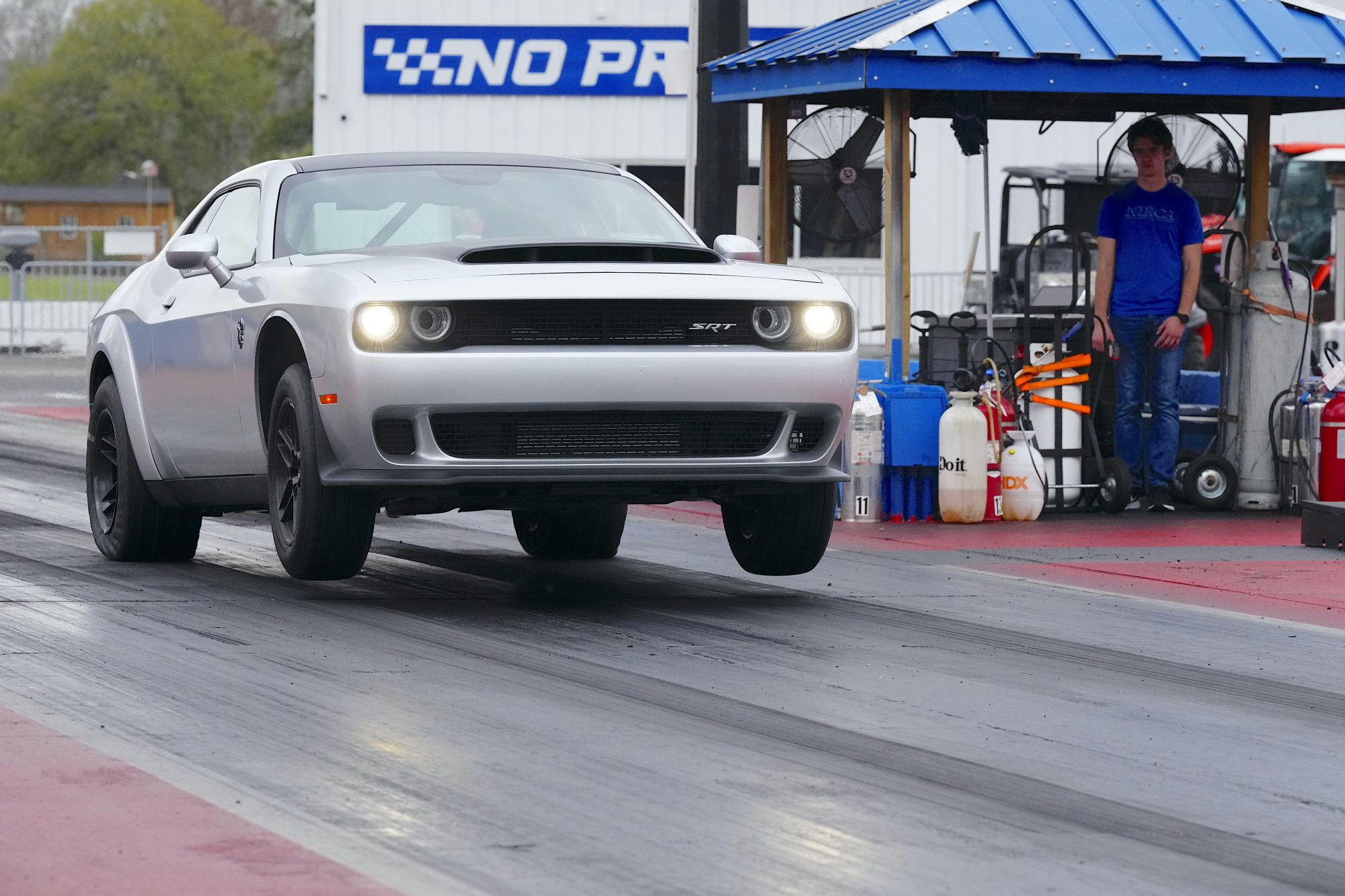
As the SRT team began working on the SRT Demon 170 project, Kuniskis gathered up all the members involved in the project for an impromptu meeting. “We were all in the parking lot at FREC (Featherstone Research Engineering Center) when Tim told us the Demon 170 had to run eight seconds at 150 miles-per-hour in the quarter-mile. My jaw, along with everyone else, hit the pavement. We knew low-nine-second times were attainable, but eights?!?” Undaunted, Wilder and the team went back to their desks and broke out their SRT Engineering Simulations. This simulation program is an intense spreadsheet that contains a ton of math along with figures for horsepower, torque, weight, launch rpm, aero, grip level and all sorts of relevant data. Wilder and the team were tentatively confident that a 150-mph trap speed would attainable, but an eight-second ET slip would still be a major challenge.” Regardless, in February of 2022, the team found a beat-up Indigo Blue Challenger SRT Redeye Widebody that was used for another SRT Engineering Program. It would be the perfect “doner” to begin on-track testing and become the first of many “mule cars” as the SRT Demon 170 program would incorporate approximately 70 development vehicles.
“Once we got the car configured to the testing parameters that we needed to gather data for the Demon 170 program, we headed down to Louisiana to No Problem Raceway. I was strapped in the test mule Challenger, rolled into the water box, and as I initiated the burnout, the transmission was completely obliterated. There were chunks of the aluminum case from the 8HP90 trans scattered everywhere,” laughed Wilder. Remember, this Challenger had a stock SRT Redeye engine but a Hellephant’s 3.0L supercharger bolted on for durability studies. Remember, you’re supposed to “blow stuff up,” it is what testing is all about. So, the team quickly regrouped and swapped in a new trans and torque converter. “After being up past two in the morning changing transmissions, we hit the track again. The mule car began to come around and we were running 9.40s,” noted Wilder. Over the next few weeks, the SRT crew would get to know all the good restaurants around Belle Rose, Louisiana, as their testing at No Problem Dragway was far from over. More carnage would ensue from the relentless hammering of the test car. From differentials, axles, hubs, driveshafts, rear knuckles and even an engine, the SRT engineers flogged the poor Challenger “mule car” trying to break anything and everything. That’s why the production SRT Demon 170 has all-beefed-up components like HIP (Hot Isostatic Pressing) processed differential housing with significantly stronger mounting bolts, larger 240mm ring and pinion, shot peened internals and 6-Plate Limited Slip Differential (LSD) versus the 4-Plate style on the 2018 SRT Demon models. The rear axle housing is now 53% stronger, and the rear prop shaft is 30% stronger than the original SRT Demon. The half shafts are stronger as they’re designed with a larger inner-connecting spline and revised heat treatment. All these driveline parts were developed from the SRT team’s non-stop testing with the intent of destroying existing parts to make the SRT Demon 170’s new production pieces so much better.
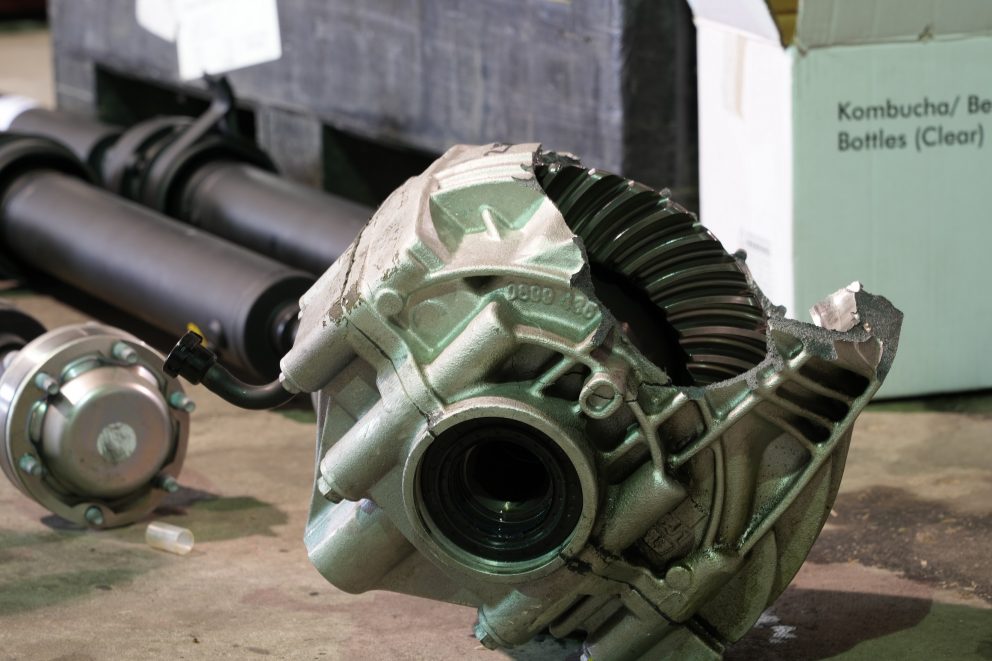
While the team was laying waste to parts at other drag strips across the country during the relentless testing, Wilder was in meetings with Kuniskis to provide him updates on how the testing was going. “In one of my weekly review meetings with Tim, we brought up the weight issues that would need to be addressed to meet his goal of an eight-second ET,” commented Wilder. That’s when the team began to think “outside-of-the-box” and looked at ways to shave some unneeded pounds off the SRT Demon 170’s girth. That’s when the team went into action and came up with the lightweight carbon fiber wheel option that knocks 12.8 pounds off the front and almost 12 pounds off the rear, that’s a lot of un-sprung rotating weight the team removed. The SRT Demon 170 team also incorporated hollow sway bars, lightweight front brakes, lightweight carpeting and an available trunk trim delete option, along with a rear seat delete package. Of course, the biggest visual and noticeable change on the SRT Demon 170 from its Widebody brethren is the removal of the flares from the front fenders. This generated a weight reduction of 16.9 pounds. “Weight has always been the enemy and we all came up with creative ways to shed some pounds,” said Wilder. It was also a unique look for the SRT Demon 170 not seen on any other production Challenger.
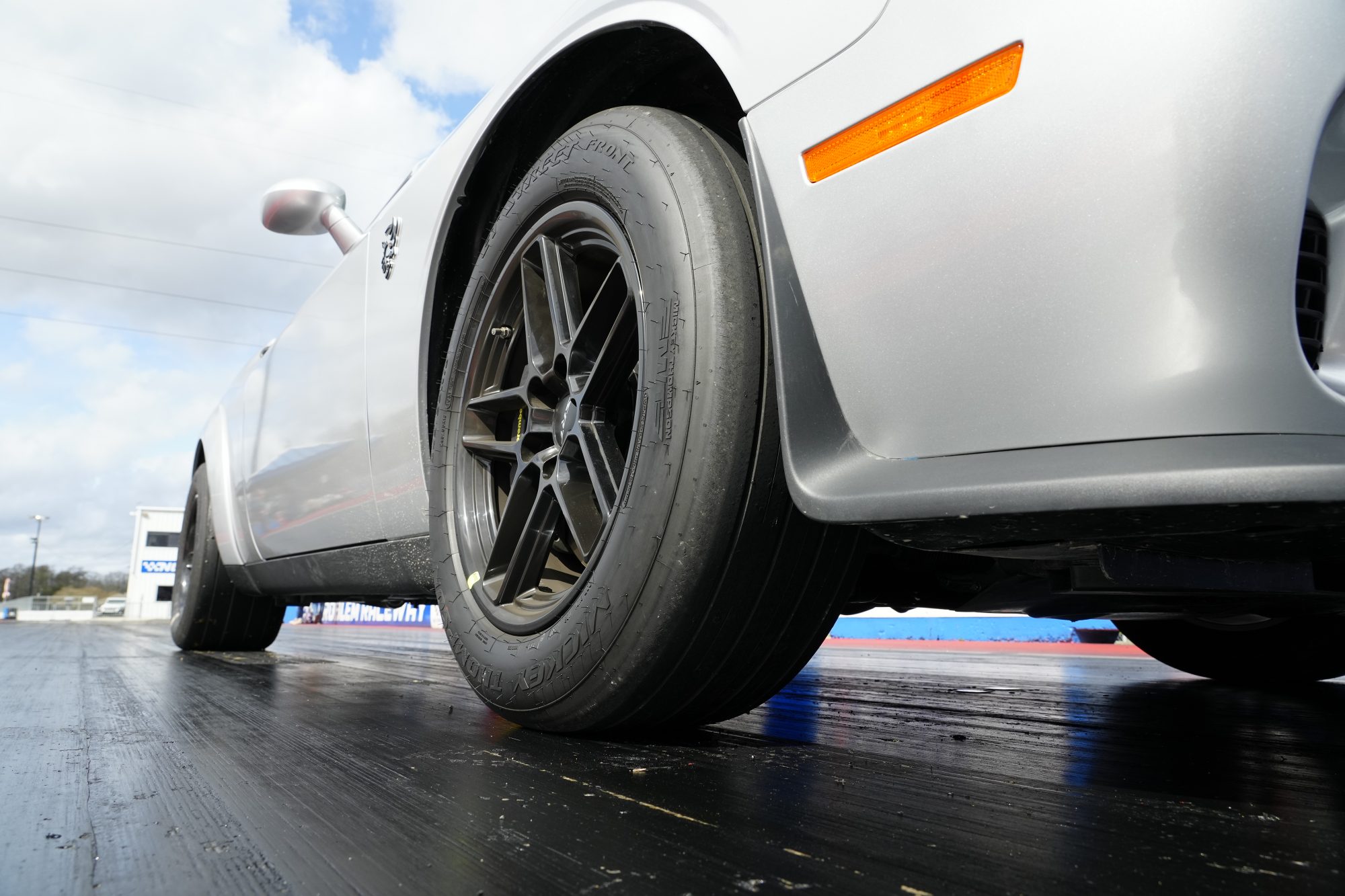
Even though it looks like the SRT Demon 170 program was simply “Plug and Play”, everything for the Dodge//SRT team was a task. Getting the rear suspension right with the correct geometry and parts that could plant the rear tires while taking a pounding, to the SRT Pages on the infotainment center, and even the new Transbrake 2.0 screen was an arduous task. “As passionate SRT Engineers, that’s what we do. We identify the problems, come up with solutions, and incorporate the changes to make a better product. I’m so proud of what the team accomplished on the Demon 170 program,” said a beaming Wilder. So, off the team went, with another development car that was very close to what the production SRT Demon 170 would be. The SRT Demon that went to Georgia Motorsports Park was another “mule vehicle” that was affectionately called “Jim’s Diet”. “It started as a loaded Challenger SRT Hellcat Redeye Widebody, but we stripped to make the production weight of the Demon 170 but with all the safety and engineering equipment installed,” said Wilder. “The Demon 170 we ran at the Vegas Last Call event was actually wrapped in Triple Nickle and had run an 8.97-second ET at a track in Maryland a few days before it was sent to Vegas.” But before the SRT Team could think about heading to Sin City, they still had some work to do in validating the SRT Demon 170.
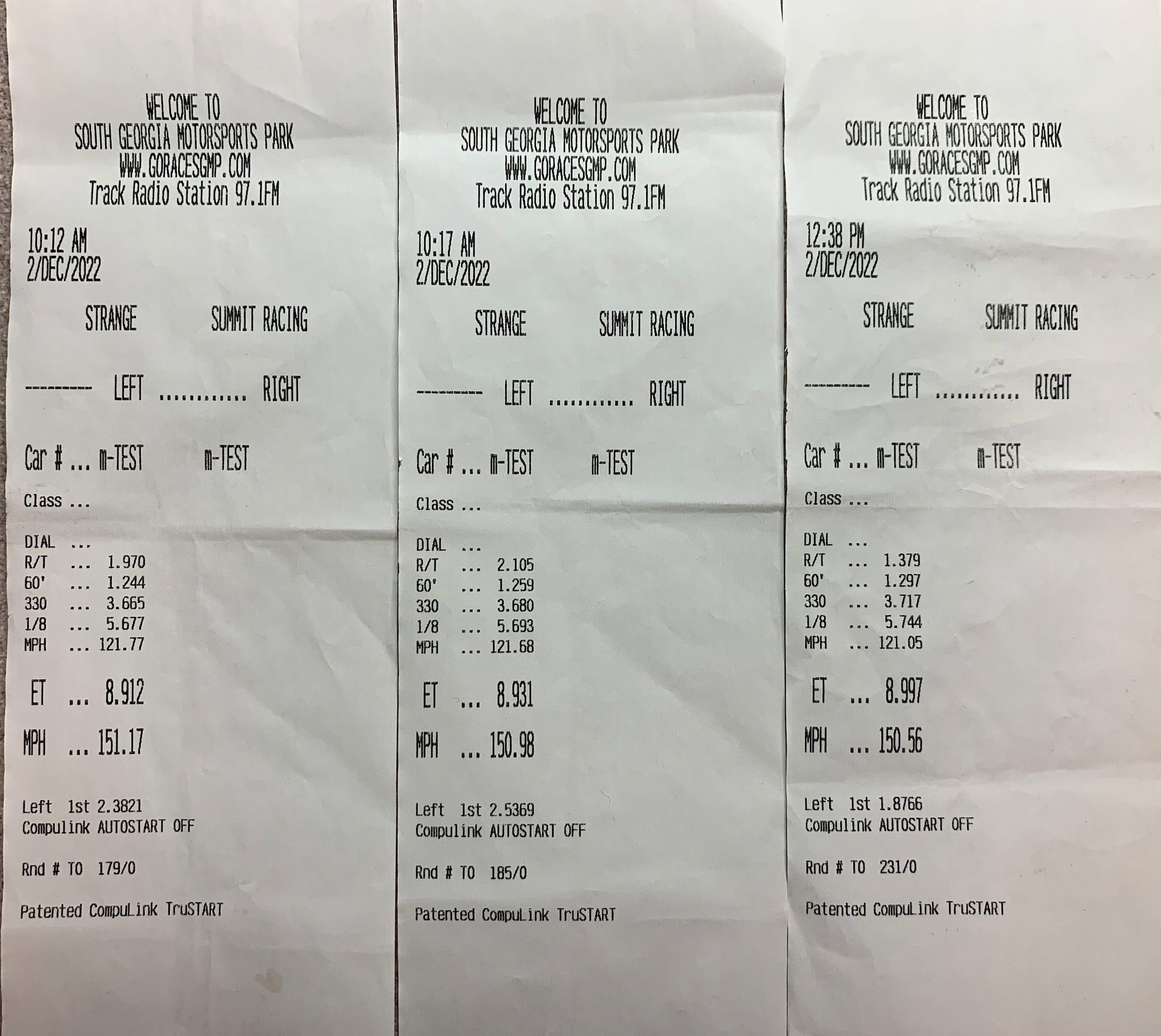
“There were long days, and many runs at dragstrips in our Demon ‘mule vehicles’. Once we made a full-out run in some good air in our mule vehicle. I could feel the Demon 170 was on a good run by how solid it launched off the line and how hard it pulled in high gear. When I saw the time slip, I was so elated! The car ran an 8.91 at 151 mph and we backed it with 8.93 at 150 just a few minutes later. I texted Tim (Kuniskis) the time slips and with a note saying ‘Well boys, we broke the rules.’ Tim’s response was, ‘I’m an emotional wreck right now, you are a legend – literally!’ It was a surreal feeling, but the team had accomplished our mission,” exclaimed Wilder. The Triple Nickel SRT Demon 170 was finally ready to make its “hero pass” at The Strip at Las Vegas Motor Speedway.
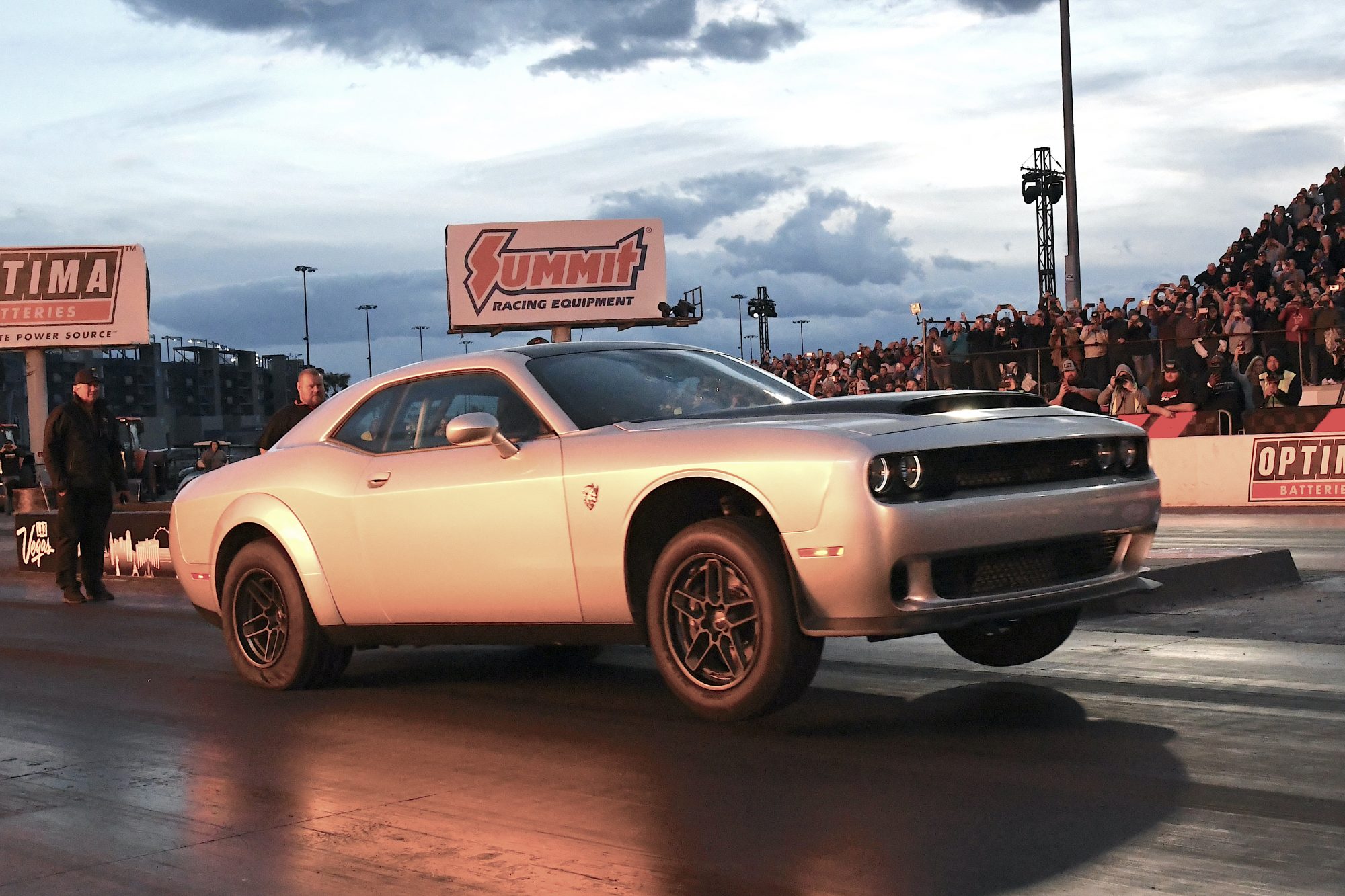
When it came to the SRT Demon 170’s Vegas debut, Wilder would be handling the driving chores, but instead of making passes at a rented drag strip away from the prying eyes of journalists and gearheads, Wilder would be making his runs in front of a huge audience that would include fans, international media and the global audience watching it live. “I was nervous for a month before we made that run at Vegas. When I rolled into the burnout box, I told myself, ‘This is just another pass, just do what you’ve always done.’ When I launched the car, it felt like it hooked hard and you could feel it pull the front wheels, the launch was good, and I just ran it out the back door. When I pulled the chute crossing the finish line, the weight was off my shoulders,” laughed Wilder. “After the run at Vegas, both Tim and I agreed to do a massive burnout to celebrate what we all had accomplished. I sat in the water box and rode out the burnout 700-800 feet down the track and I could hear the fans cheering! After it was all over, we all had a well-deserved beer at the end of that day!”
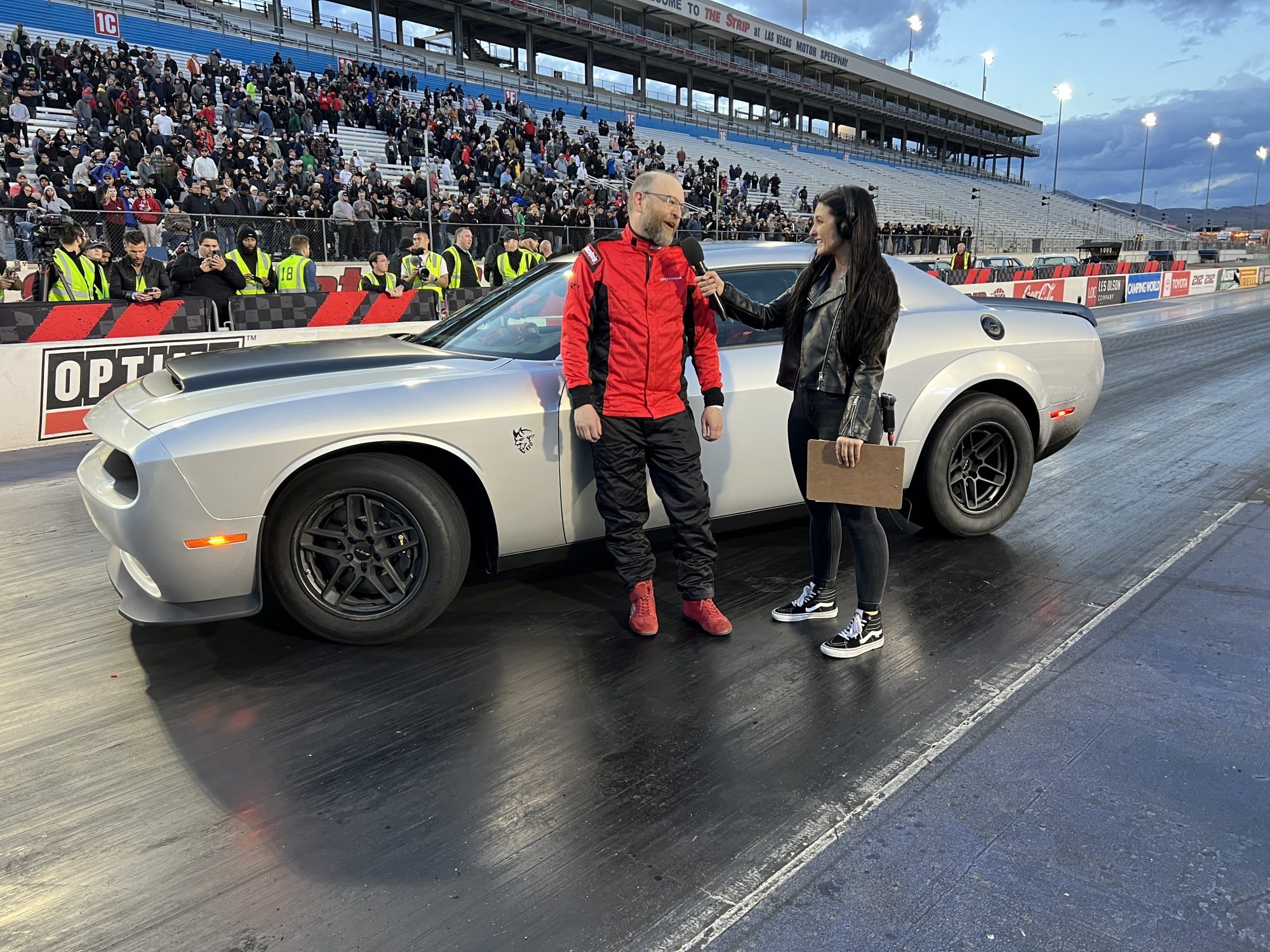
Some might think all Wilder does is validate new engine and driveline packages for future vehicles by racing down dragstrips across the country, but it’s not. “Getting to drive the cool engineering cars and blast down the drag strip smashing records is just a small part of my job. Most of the time, I’m behind a desk or in meetings. But yes, it’s all so amazing the things I get to do and get paid for doing it,” noted Wilder. “I’m very blessed to have this career and while my dad was a major influence when I was growing up, it was my neighbor Bob Karakashian, who happened to live down the street from ‘The Godfather of the 426 HEMI’ – Tom Hoover. Bob (Karakashian) taught me the same engine-building tips that he learned from Mr. Hoover, such as patience and attention to detail.”
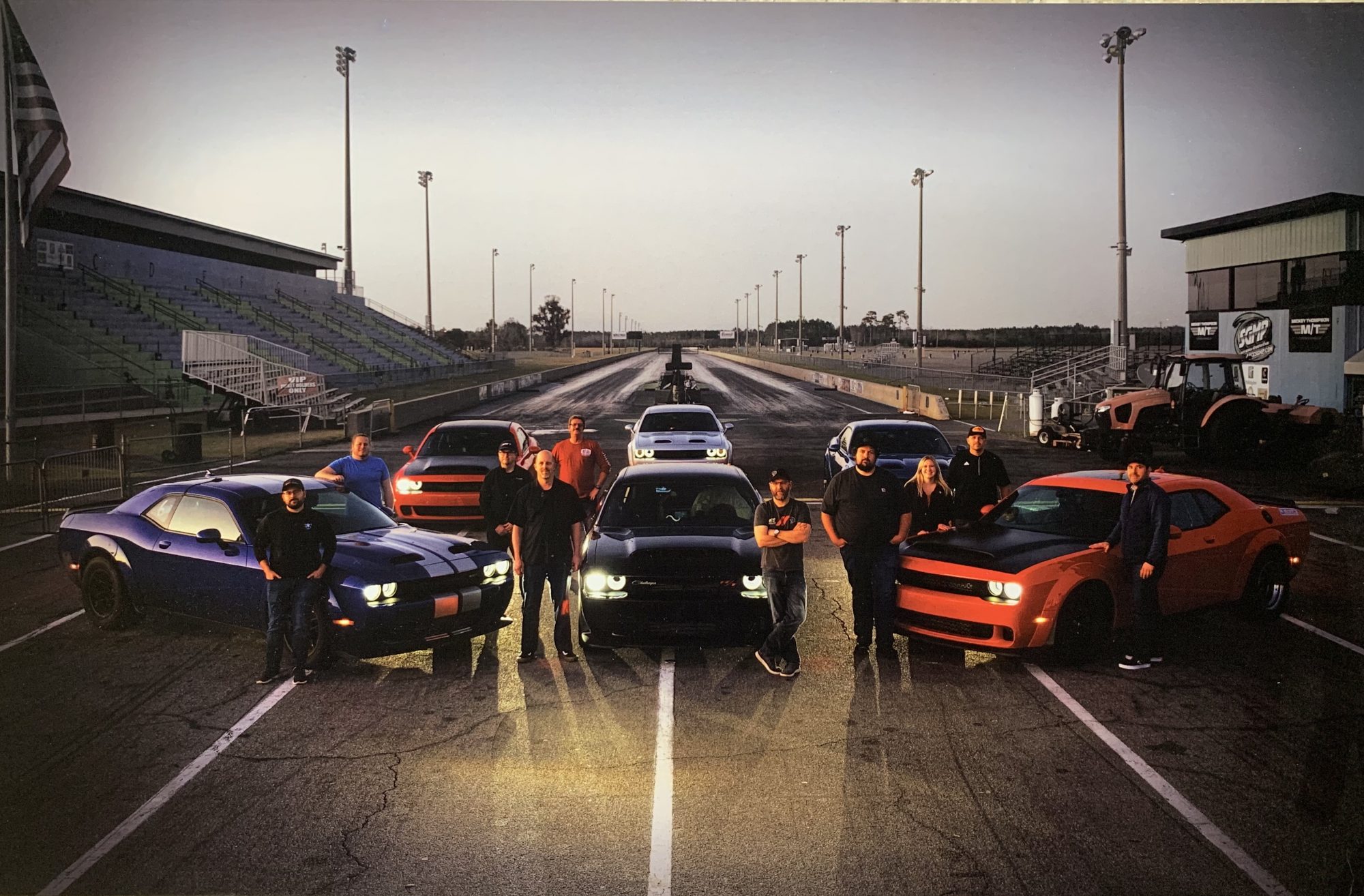
For Wilder, his work is far from over, he and the team are refining the SRT Demon 170 even more and making noises at some rented drag strip in the Midwest. From playing with cars as a kid, to testing some of the fastest cars on the planet, Wilder has led a charmed life, and we thank him and the Dodge//SRT team for creating these monsters we love to tame!
